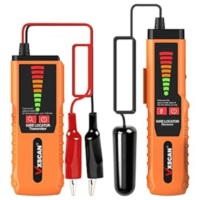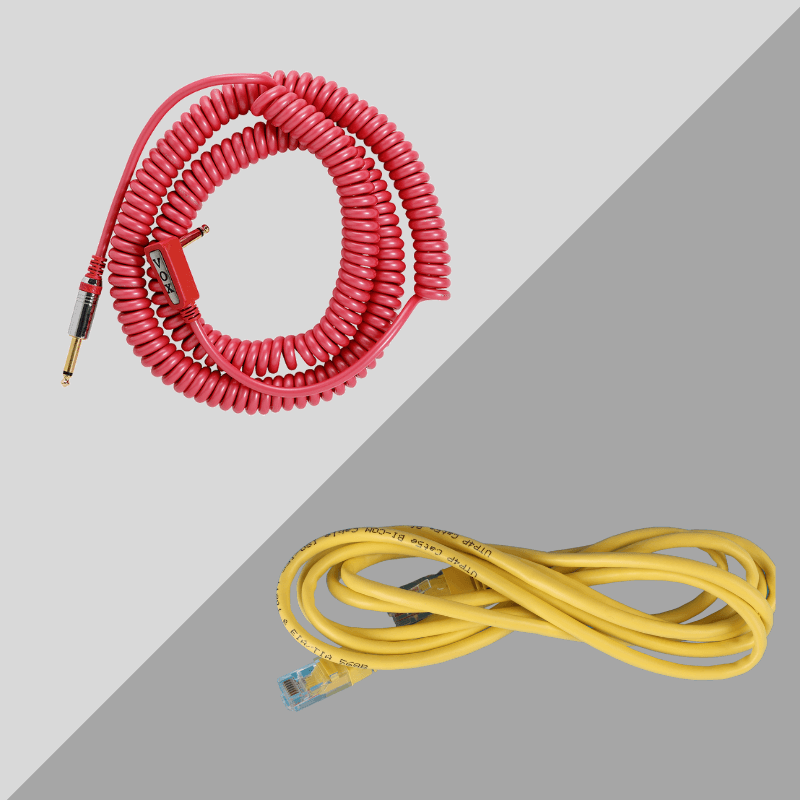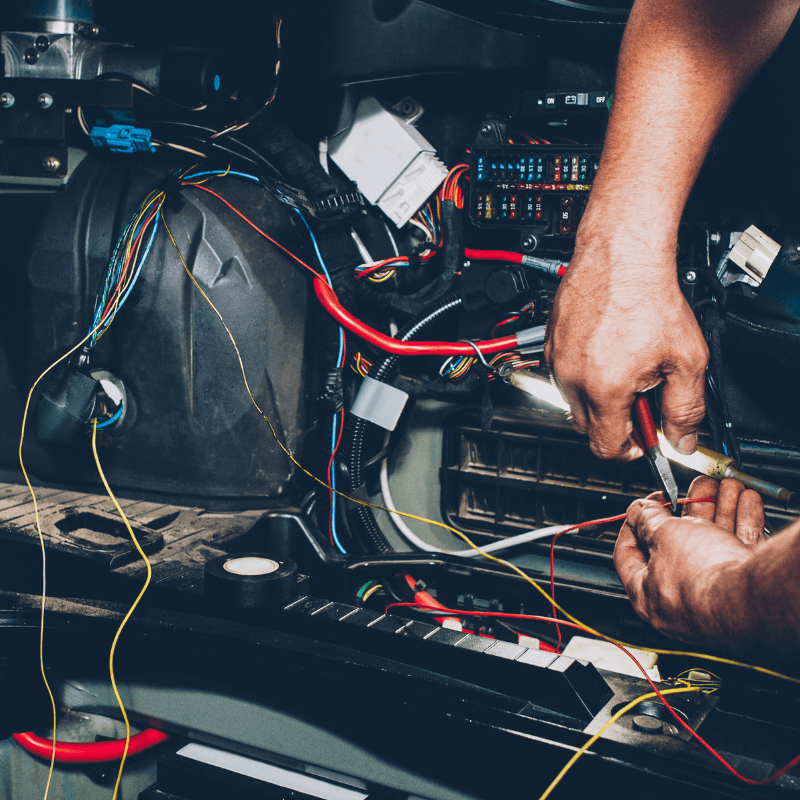Navigating the intricate network of wires within a wiring harness often feels akin to solving a puzzle. However, fear not, as we embark on this journey together to demystify the process of identifying and rectifying a troublesome wire within your wiring harness.
Unraveling How to Find a Bad Wire in a Wiring Harness
Wiring harnesses operate silently, ensuring a seamless flow of power within our electrical systems. However, when a wire misbehaves, it can disrupt the entire system. Today, we’ll delve into the essential steps to pinpoint and remedy such issues, making your wiring harness troubleshooting a breeze.
Understanding the Signs – How Do I Know If My Harness Wire Is Bad?
Let’s kick things off by recognizing the signs of a misbehaving wire. Picture this: flickering lights, devices acting up, or connections going haywire. If your system exhibits any of these symptoms, it’s akin to a cry for help, signaling that it’s time to put on your detective hat and investigate. Recognizing these cues is the first step in solving the mystery that lies within your wiring harness.
How Do You Trace a Bad Electrical Wire?
Tracing a troublesome wire doesn’t have to be a guessing game. Elevate your troubleshooting game with wire locator tools. After the initial visual inspection, these specialized gadgets add a layer of precision to your investigation. Simply follow the wire’s path and let the tool guide you to potential issues. It’s like having a trusty companion in your detective work, ensuring no fault goes unnoticed. This hands-on and tech-savvy approach paves the way for a thorough examination, ensuring your wiring harness remains in top-notch condition. Patience pays off, and with the right tools, you’ll uncover the mysteries hidden within the layers of your wiring harness.
Wire locator tools bring a level of precision that goes beyond the human touch. As you navigate the wire’s journey, these tools can detect disruptions or breaks that may escape the naked eye. This not only streamlines your troubleshooting process but also ensures that no potential issue remains hidden. Investing in a wire locator tool is like giving your wiring harness a thorough check-up, catching and resolving problems before they escalate. Whether you’re a DIY enthusiast or a professional, incorporating these tools into your toolkit enhances your ability to maintain a reliable and efficient electrical system.
How Do You Find Where the Wire Is Broken?
Now, let’s tackle the real challenge: finding precisely where that sneaky wire is broken. It’s like a game of hide-and-seek, but with electrons. Grab a multimeter, set it to continuity mode, and let the magic happen. Connect one probe to each end of the wire, and if you hear a beep, congratulations! You’ve found an intact section. If not, that’s the clue you need to identify the break – an open circuit. This methodical approach ensures you cover every inch of the wire, leaving no room for hidden faults.
Is There a Tool That Detects a Broken Wire?
Tools are our best friends in this adventure. Meet your trusty companions: cable testers and wire fault finders. These gadgets send signals through the wire and play detective by pinpointing disruptions. No more guessing – just precise guidance to the exact spot where your wire decided to misbehave. Investing in these tools not only simplifies the process but also adds a layer of certainty to your troubleshooting endeavors. They’re like X-rays for your wiring harness, revealing the hidden fractures with ease.
Do Stud Finders Detect Wires?
Now, you might wonder if stud finders can moonlight as wire detectors. While they’re stellar at finding studs, these gadgets aren’t exactly wired for harness diagnostics. Stick to the pros – purpose-built tools like cable testers are your go-to for this particular quest. Stud finders might uncover structural elements, but when it comes to your wiring harness, leave it to tools designed explicitly for the task.
Conclusion: Answering How to Find a Bad Wire in a Wiring Harness
In conclusion, unraveling the mysteries of a bad wire in a wiring harness demands a bit of patience, a touch of detective work, and the right tools for the job. By recognizing signs, visually inspecting, and utilizing tools like multimeters or cable testers, you’ll confidently navigate the wire maze. Armed with this knowledge, you’re well-equipped to ensure your electrical systems operate seamlessly. Happy wiring, and may your wires be forever well-behaved!





